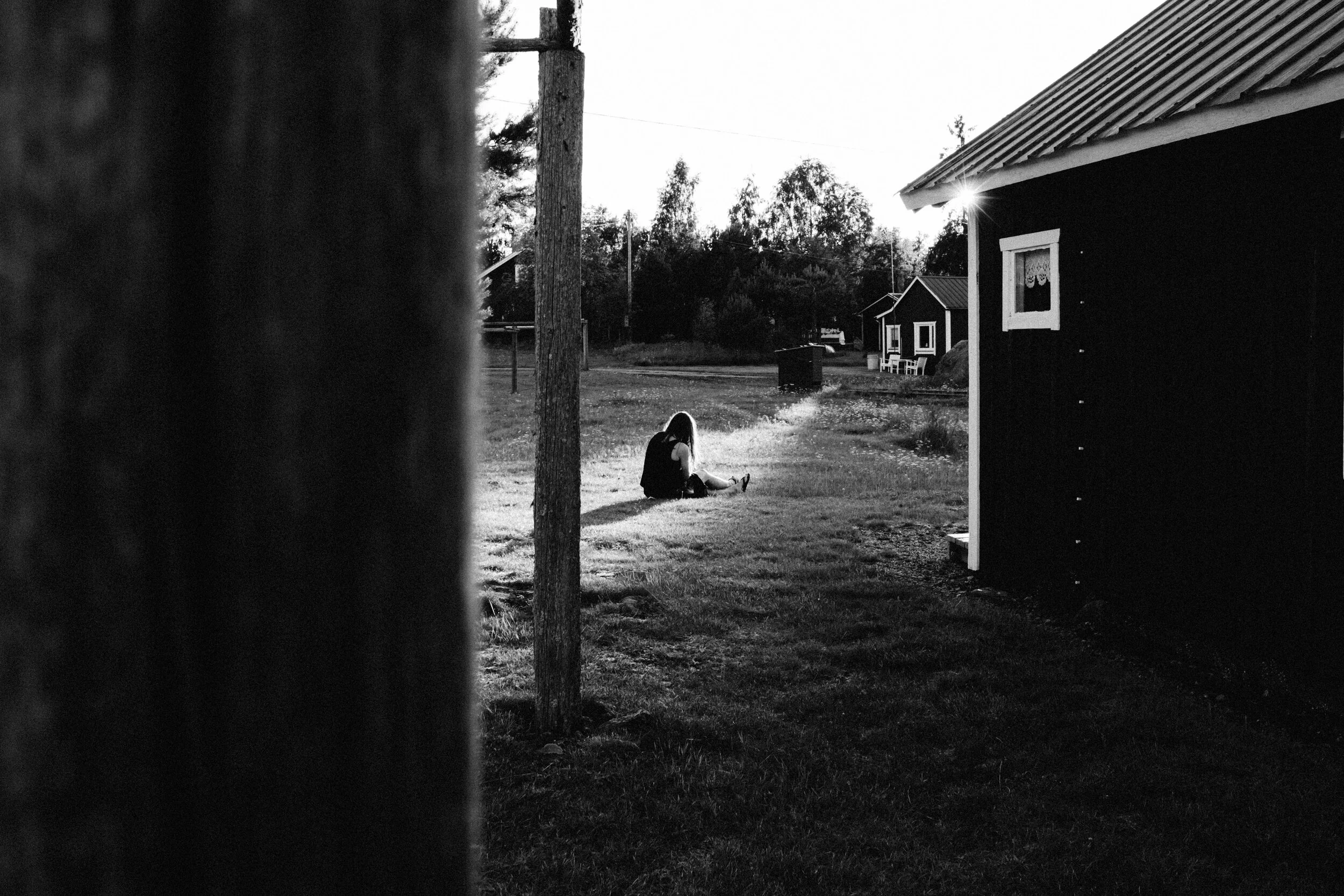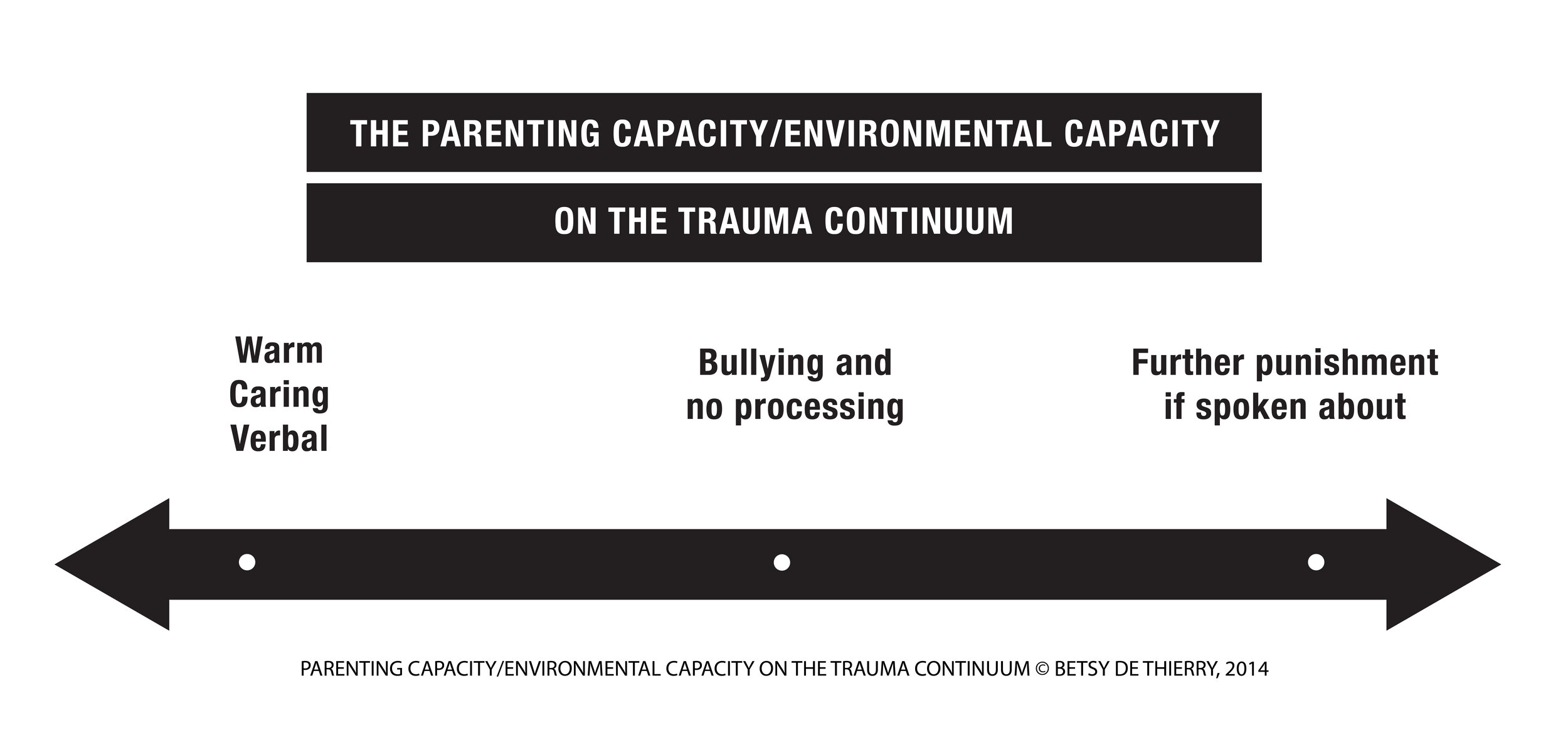
What is Trauma?
Trauma (or traumatic stress as it is also known) comes from experiences, situations or relationships that have, in some way, overwhelmed our ability to cope with the challenge we are facing.
The term trauma, or traumatic experiences, cover many different adverse life events. It includes the experiences we have in our relationships:
with family, parents or caregivers (including childhood neglect, abuse or having caregivers who are dependent on substances),
with our peers (including bullying, victimisation, harmful sexual behaviour and/or sexual violence)
the world around us (stranger violence, child trafficking).
Traumatic stress can arise from a significant loss (like losing a parent, carer, sibling or a friend), or an unexpected event or incident (like witnessing or experiencing an accident, a natural disaster or terrorist incident).
These experiences an be a single incident, be repeated over a short amount of time, or endure over prolonged periods of our life.
It is estimated that at least a third of us will have been exposed to trauma in our childhoods (Lewis, et al, 2019). However, it is very common for people to wait until adolescence or adulthood to try to make sense of the impact this has had on their lives and relationships with other people.
What is the impact of trauma?
Experiencing childhood trauma can have a profound impact on the way that we experience our bodies, think, behave, and relate to other people.
You can read more about these changes here
The Trauma Continuum
Betsy de Thierry (2015) suggests that we think of the impact of trauma as being on a continuum. This continuum lets us consider the intensity of the exposure to a trauma experience a person has had, and how we might best meet their needs.
Parenting capacity is an essential partner to the trauma continuum to highlight the importance of context in the trauma experience.
Betsy offers four considerations to help us assess the degree to which a traumatic experience has impacted a child or young person. She suggest we ask:
What happened to them? Do we know? Was it a one off incident or a repeated experience?
What trauma symptoms are they presenting with?
What is their current environment like now? Are they in a stable home life, stable school situation, good group of friends, one positive, long term primary care giver relationship?
Their parenting and attachment experience? What was their first five years like? For example, positive and loving or volatile and chaotic.



